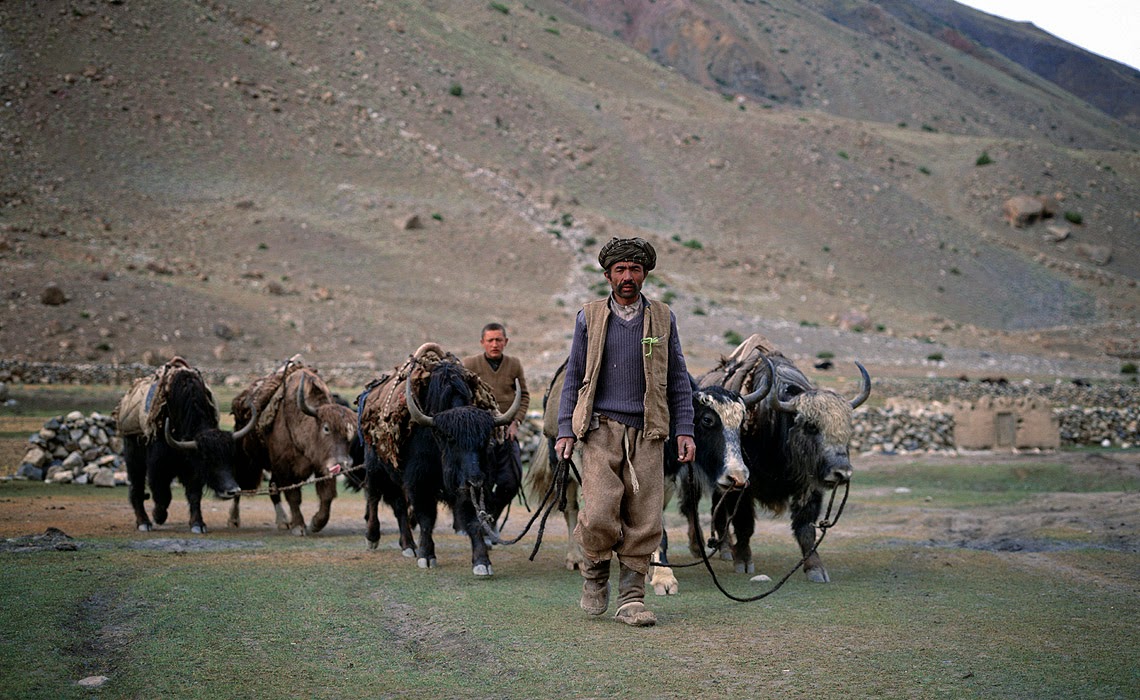Introduction:
The Seventh Wonder of the world Karakoram Highway (KKH), starts at historic city Hassan Abdal, 50 KM from the federal capital Islamabad, the bitumen sealed motorway winds through gently rolling, sandy foothills for approximately one hundred and twenty kilometers before intersecting the Indus river.
Abbottabad and Mansehra are the top ranked hill stations, renowned for a number of picnic and holiday spots along KKH in Pakistan . Thandiani, Nthiagali, Naran and Kaghan Valley, Daddar and many other destinations are in Hazara Division. With lush green landscapes and cooler weather, this area presents magnificent views from the KKH. Hazara Division ends at the famous bridge over the mighty Indus River at Thhakot. At Thhakot, the Indus runs along the KKH throughout the way. On 45 minutes (approx.) drive the KKH enters into Besham, one among the major stay-along-the-way on KKH and the main portion of Swat. As the Besham ends, it’s the start of Indus Kohistan . It then twines along the Indus's arc north eastward to within forty kilometres of the town of Gilgit.and follows a network of ancient trade routes linking the Silk Road oasis of Kashgar in western China. Indus Kohistan is another beautiful area along the KKH and keeps visitors attention because of green high mountains and deep down Indus River . Dassu , Pattan , Juttial , Kumaila and Shatial are the main areas of population in Kohistan. After Indus Kohistan, the Northern Areas of Pakistan welcome the visitors at Chilas (Diamer). Chilas is a dry, hot in summer and desert sort of area, but with the major charm, world renowned Killer mountain – Nanga Parbat (8125 Meters). At Raikot Bridge on the Indus , Gilgit starts and continue towards Khunjerab Pass. Before entering the Gilgit City , KKH turns right and leads toward Nagar and Hunza. Between Raikot bridge and Gilgit River road sometimes takes on a 'roller-coaster' aspect as it dips into, and out of the Indus's wide river bed. The final dip is at this forty kilometres point when the road joins the Gilgit river and continues to within twelve kilometres of the town of that name, then swings North, crossing the Gilgit river to join the Hunza river. The town of Gilgit is twelve kilometres off the actual Karakoram highway and is reached by a fairly smoothly laid and slightly inclined tarred road. After Juglot, there is a meeting point of three world’s highest mountain ranges i.e. Karakoram , Himalaya and Hindu Kush.Although the Karakoram Highway inclines upwards the whole way to the pass it's not until you get close to Gilgit that you begin to feel as if you are in mountains. Even so, the town is only at one thousand, five hundred meters (approx. five thousand feet) elevation and there is still a feeling of being in desert. The barren, dust laden and tan coloured hills that surround the area give the impression of being made from sand, however, it only takes a ride of a couple of kilometres north from Gilgit for one to get the impression of being in 'real' mountains - very high, and very sheer mountains.
This is not to say that the actual road itself is steep - it's not, it's just that the demarcation between the almost sand dune like foothills, and the seemingly abrupt line of six to eight thousand meters high glacier and snow plaited mountains is almost overpoweringly awesome.The souls that paved the way for the modern tarmac road named the Karakoram Highway still seem to flicker amongst the sharp moving shadows of the rocks and the almost countless but crumbly lucent glaciers that constantly embellish its existence.Nagar, Hunza and onwards up to Khunjerab is considered to be the most attractive part of KKH. With good reasons, snow covered peaks, rivers, largest glaciers of the region and entirely different geographic characteristics this area is a real distinction. Ali Abad , Hussaini , Passu and Sost, the Pakistan customs post about ninety kilometres before the peak, are the permanent settlements on KKH in Hunza region before Khunjerab Pass. The road then accompanies the Hunza river through these mountains, climbing gently almost all the way to the Khunjerab Pass (4800m, 15,750ft), sometimes called the 'roof of the world' but in ancient times it was a very perilous pathway. Taxgorgan, the Chinese customs post and town of that name, is one hundred and thirty kilometres from the peak. During the 20 years it digested lives of many workers to push level and blast the present 1300km (800mi) highway through the mountains: over 400 road-builders died.Only during the last twenty-odd kilometres from the top of the pass short stretches of consistently steep road gradients of six to fourteen degrees are found. At the top of the pass, two tall memorial stones show that this is theconvenient dividing line between Pakistan and China. Both countries respective customs and immigration posts are some kilometres away on their respective sides of the pass.The pass also separates two differently named mountain ranges, the Karakoram range (on the Pakistani side), from the Pamir in China. Within these two massive ranges, there are other named but smaller clusters of rugged mountains, and a quick glance at a map can confuse one as there is no illustrated way that one can separate one range from the next.On the Chinese side of the pass the road is given a different name by the Chinese, who call it, loosely translated, 'The Big Pakistan/China Friendship Road'. This continuation of the Karakoram is also smoothly finished and well graded. It scrolls up and down through generally wide valleys for approximately four hundred and fifty kilometres to the market town of Kashgar, which is in the mostly Taklamakan desert filled Chinese province of Xinjiang.










.jpg)







































